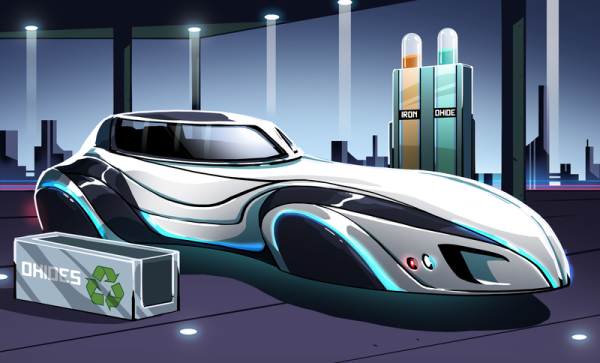From 1945 to 1955, a British aeronautical company called Napier & Son produced not just one but two versions of an intricate hybrid piston engine, which they named the Napier Nomad. The post-World War II era saw the development of several fascinating (and highly complex) piston-powered aeronautical engines alongside the emerging gas turbine engine designs. During this period, gas turbines were inefficient, unreliable, and primarily used for military applications. The (then) British Ministry of Supply commissioned the design and creation of a more fuel-efficient piston engine for aeronautical purposes, both military and civil, aiming to achieve gas turbine-like power while maintaining piston engine efficiency. Quite the challenge!
The specification aimed for 6000 hp and optimal fuel efficiency for long-range use. Napier knew gas turbines were limited by maximum operating temperature, constrained by available materials, which increased fuel consumption and reduced range. Piston engines operated at higher peak temperatures. They considered combining both principles to create a superior design, a concept suggested by aeronautical engineer Sir Harry Ricardo, who had consulted for Napier on other projects. Their complex solution was to build a gas turbine with a two-stroke diesel engine as the combustion chamber, merging the benefits of both.
Continue reading “Was The Napier Nomad The Most Complex Aero Engine Ever Made?”


















